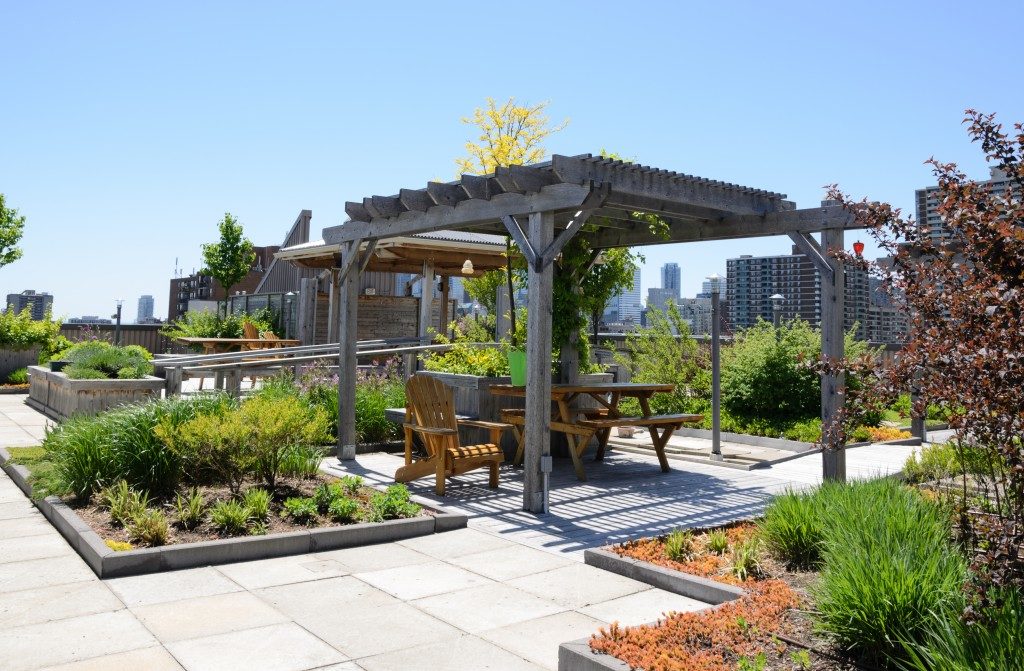For company owners, cost-cutting has always been a top consideration, but sustainable development has also been a frequent pattern in recent years. However, it’s a prevalent misperception that these two objectives are mutually exclusive. The fact is that many of the steps you take to transform your company into a sustainable one will also save you costs.
Whether you run a small-scale business or working for a huge multinational company, identifying cost-cutting and sustainability methods should be a significant element of your strategy. Here are some ways to save money while becoming green.
Energy Sustainability
Don’t blindly settle the electricity bill that arrives at the beginning of each month. Make an effort to comprehend the invoice entirely, and speak with your energy provider about cost-cutting options.
According to experts, lighting, heating systems, and conditioning are the three most energy-intensive tasks in an office. So, it’s best to determine which equipment and processes use the most energy, regardless of the sort of institution you manage. Then figure out the most efficient strategies to reduce your energy use without hurting your company.
Earth Hour Campaigns
Does your office face a large energy bill? Perhaps launching a switch-off campaign will help with your expenses. Through these programs, employees and other staff are made aware of their role in lowering energy consumption. Begin by deciding on a time frame for the effort to run.
Assist in establishing information on how to turn off lighting and energy-consuming equipment before leaving the office or when areas are not in use. To kick-start, a new energy-saving culture, use an intensive approach to get everyone to join in.
Water Consumption
Some pieces of equipment need a significant quantity of water. Luckily, improved water-efficient variants are now accessible. It’s best to replace any water-consuming machinery with alternative versions to reduce water footprint.
Employees and personnel might leave taps dripping accidentally. You might well solve this issue by installing motion-sensor fixtures, which would minimize total water use.
Stormwater Pollution Prevention Plan
Keeping an SWPP, short for stormwater pollution prevention plan, is crucial to every manufacturing facility. It is a written document enacted by corporate executives that recognizes all operations and constraints at the production plant which could contribute to water pollution. It also specifies necessary details and measures the factory will take to prevent discharging elements that could lead to environmental damages.

Waste Management
Packaging materials make up a large amount of the garbage we produce. Substitute your workplace cups or glasses with single-use paper or reusable containers. Utilize disposable moving boxes for workplace relocation. Sustainable transport packaging methods can save a lot of money and help the supply chain be more sustainable in manufacturing and distribution.
Paperless Communication Channels
Consider utilizing letters or other digital messaging channels instead of paper documents when discussing information among staff. Another easy way to reduce waste pollution is to proofread papers on the computer display rather than printing them.
Many papers ought not to need printing since they have no further use. So, it’s best to publish what is only essential. Reduce the amount of paper you print by using online document-sharing services. While many organizations can’t turn completely paperless, you can undoubtedly convert most of your documents through file transfers.
Remote Work
Allowing workers to work at home or outside the workplace can save money in a variety of ways. All you have to do is make sure they do the task on schedule. You might also try enabling employees to work longer shifts on lesser days at the workplace.
Meetings at your workplace come at a price. Similarly, traveling to another location involves money and effort for you and your staff. In that case, instead of conducting in-person discussions, consider virtual meetings.
Carbon Footprint
When using any air conditioning equipment, ensure to keep doors and windows closed. People might be negligent and leave those open, leading to more energy consumption than they should. Heating and cooling equipment is often expensive because it heats or cools empty areas such as hallways and storerooms. Close unused ducts and only treat the sections that need them. It will also help if you can check for a leak in some areas.
Wrapping Up
It’s impossible to accomplish everything in a single day. The first stage in transforming your company into a sustainable and green one is to make a conscious effort. Some cost-cutting sustainability solutions will need an initial investment, but they will pay off in the long run.
Try to execute the ideas one at a time, rather than all at once. What are the chances? You might well be capable of reaching zero waste at your company one day.



